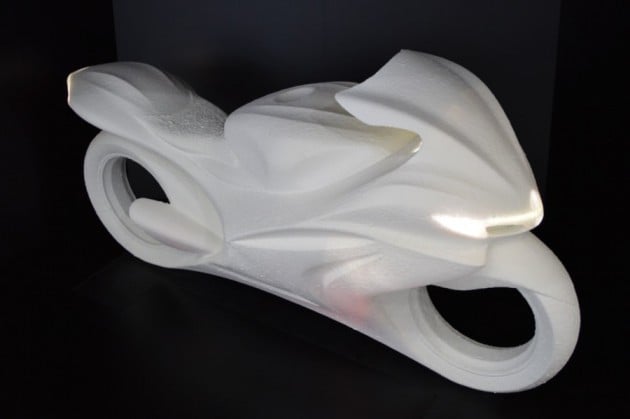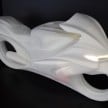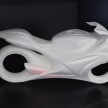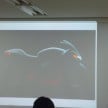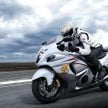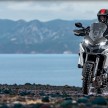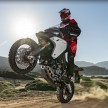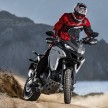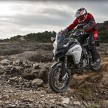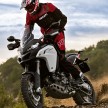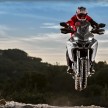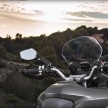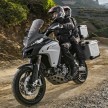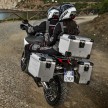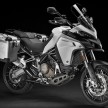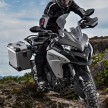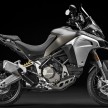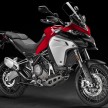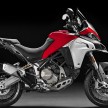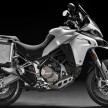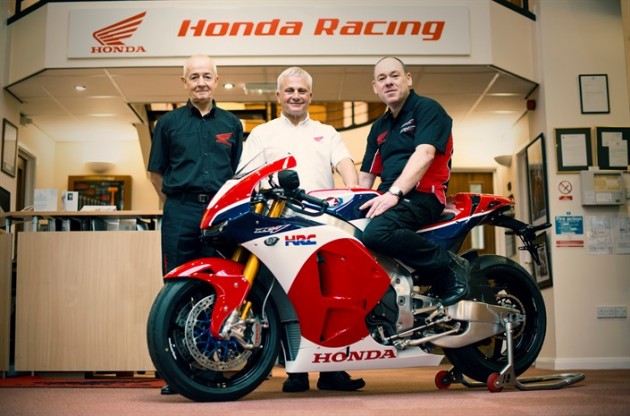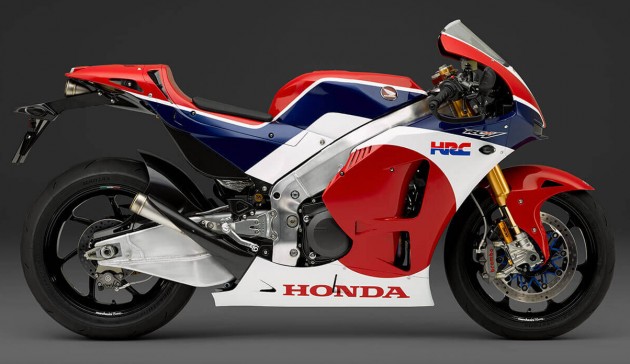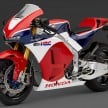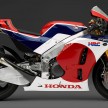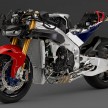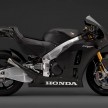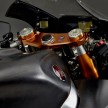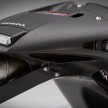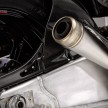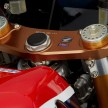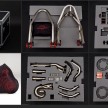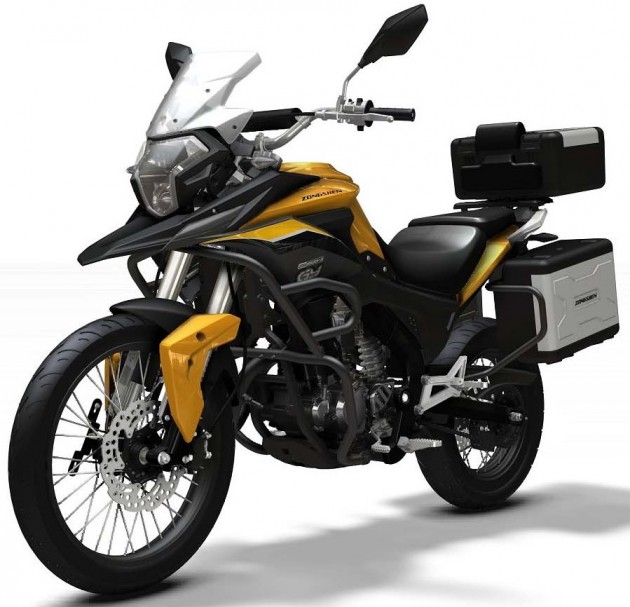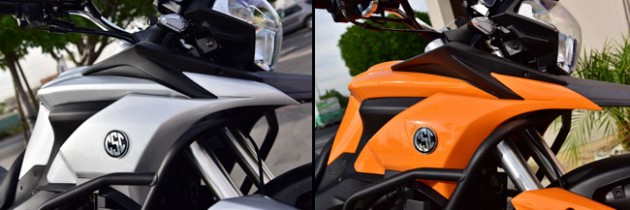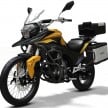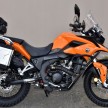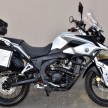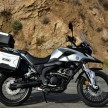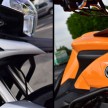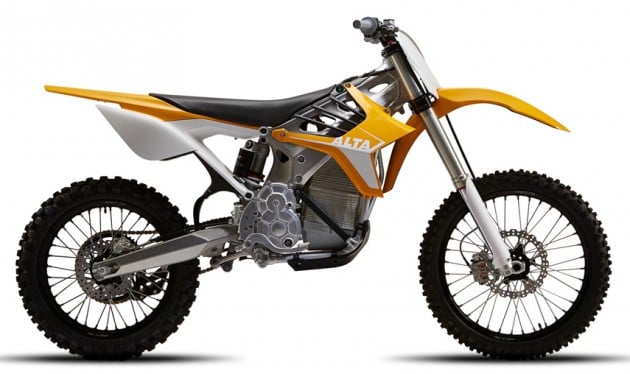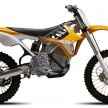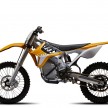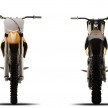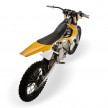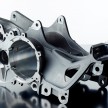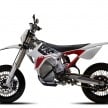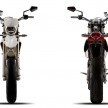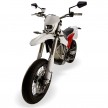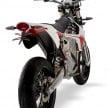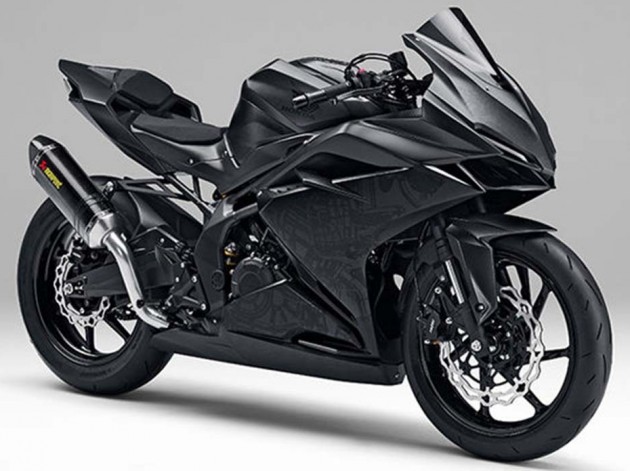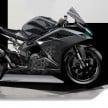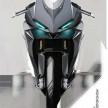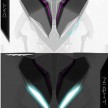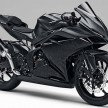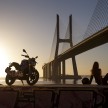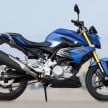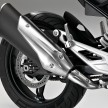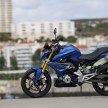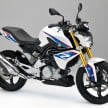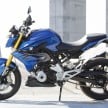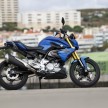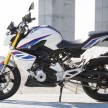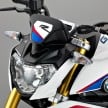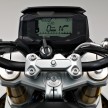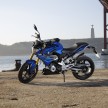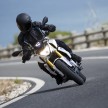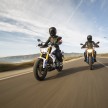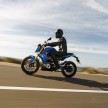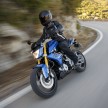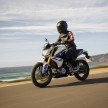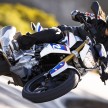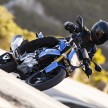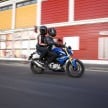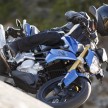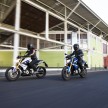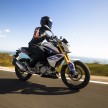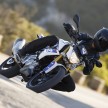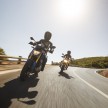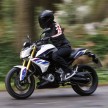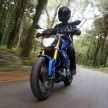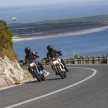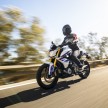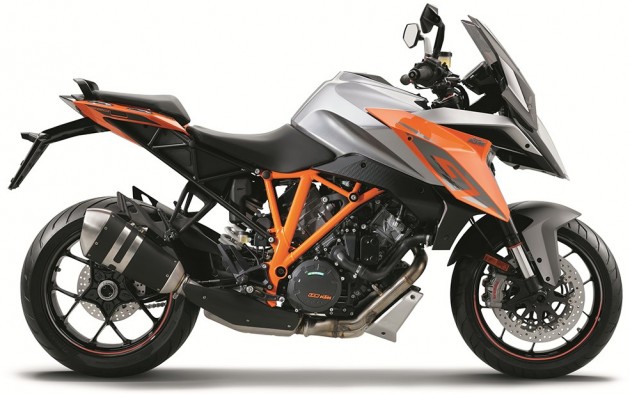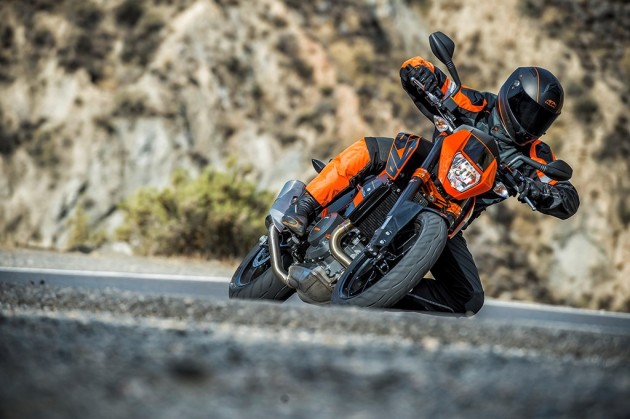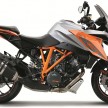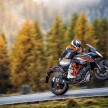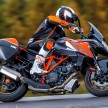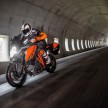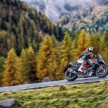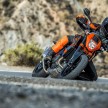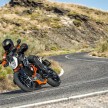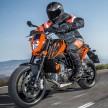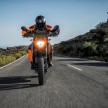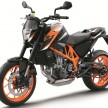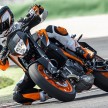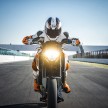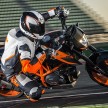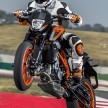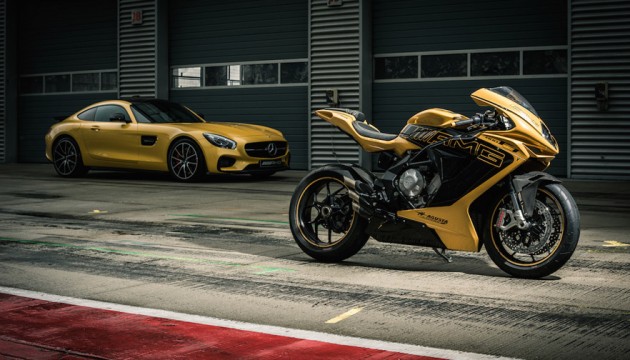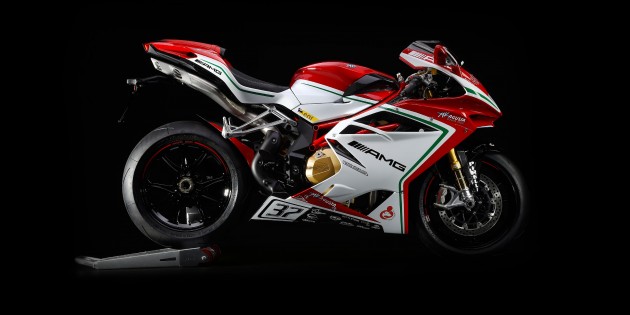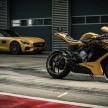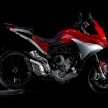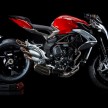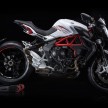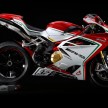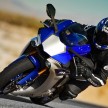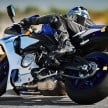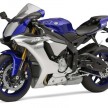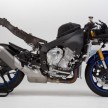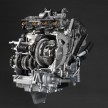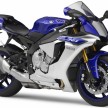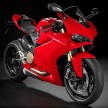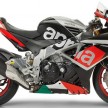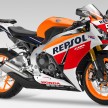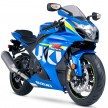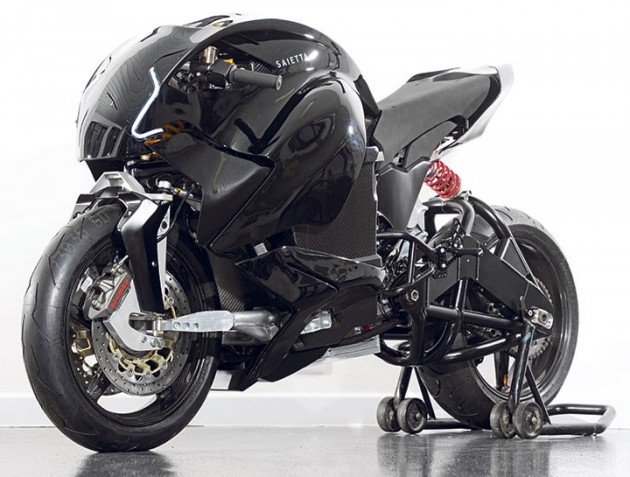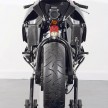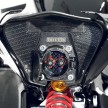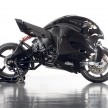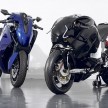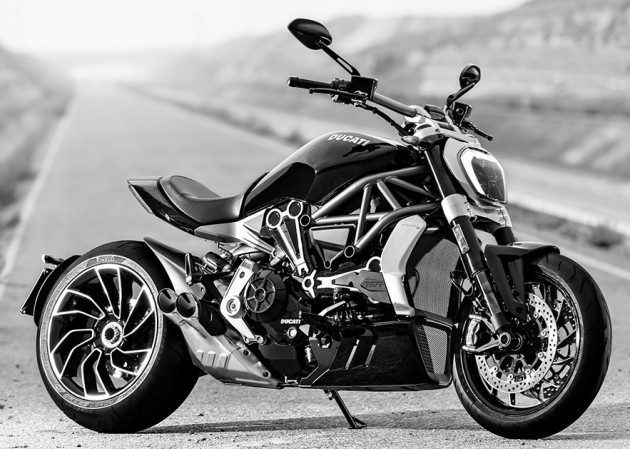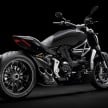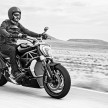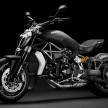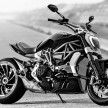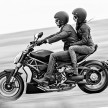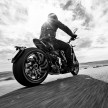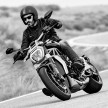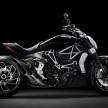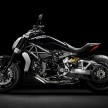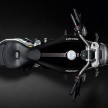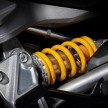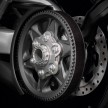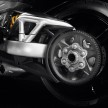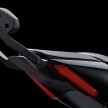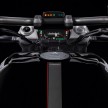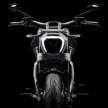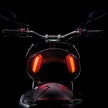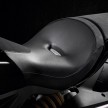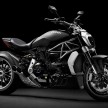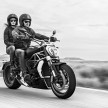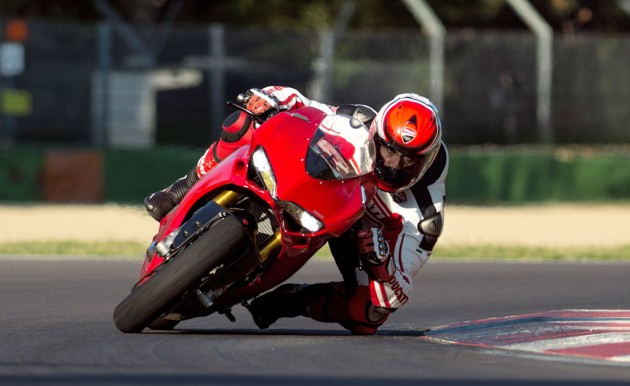
The year 2015 was an interesting one for the litre-bike class, as manufacturers kept upping the ante. Buyers were spoilt for choice as technology from both the MotoGP and WSBK championships trickled down into the showrooms.
The horsepower war also heated up, with most manufacturers claiming their litre bikes to be pumping out at least 200 hp. This roundup is an overview of what some of the majors offered in 2015, and is presented in no particular order.
Yamaha YZF-R1
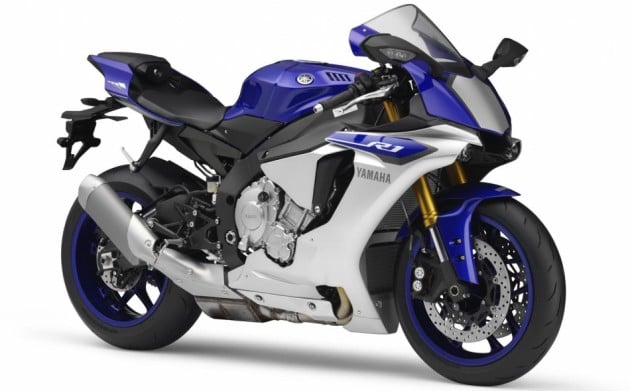
Perhaps the bike with the closest DNA to its race sibling, the Yamaha R1 brought a full suite of electronic rider aids and controls to the everyday rider. With Yamaha’s proprietary six-axis inertial-measurement unit (IMU), the bike’s movement is measured and transmitted to the Ride Control processor, that then controlled power delivery, traction, and so on. Settings are fully-customisable on the dashboard.
The 998cc inline-four appreciates an aggressive hand on the throttle, with the EFI perfectly mapped for everything from dawdling around town to carving the canyons.
The R1 went on a diet as well, with an all-new aluminium Deltabox frame mated to a magnesium sub-frame, dropping the weight by 15 kg overall. Since the previous model wasn’t exactly a fatty, this is a significant saving in weight, and a credit to Yamaha’s engineering team.
Make no mistake, the Yamaha R1 is very much a track weapon, and has perhaps the most aggressive riding position compared to the others. The bars are tight and are a long reach from the seat, letting the rider tuck under the tall screen. As suits a bike designed for the track, the KYB suspension is stiff on the road.
The Yamaha YZF-R1 retails for RM126,000 while the race-ready R1M with carbon-fibre bodywork will drain your wallet for RM159,000.
Ducati 1299 Panigale
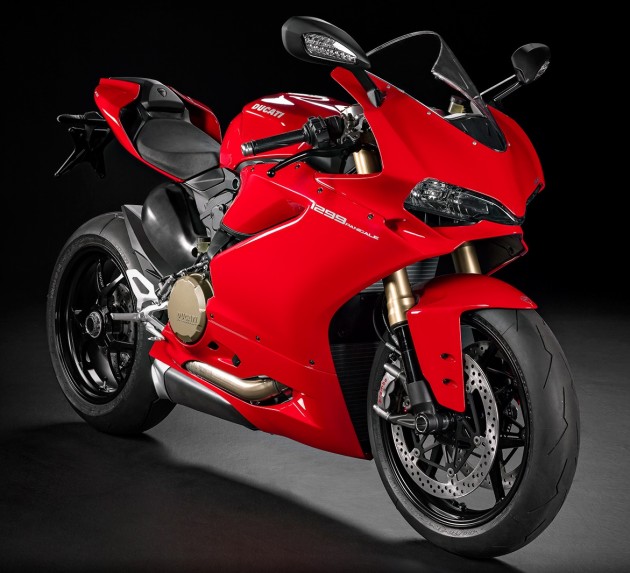
How far can you push a V-twin? The 1299 Panigale answers that question with, “a very long way.” Ducati made some major revisions to the Panigale in 2015, including fitting the slightly more comfortable seat from the 899. The fairing was also made slightly wider, to increase rider comfort.
The one thing the Panigale offers over other superbikes is the gob-smacking torque at lower engine revs, great for rocketing out of corners. This point may seem moot in these days of traction control and ride modes, but there’s no mistaking the rush of seamless V-twin torque propelling the bike from leaned over to upright in the blink of an eye.
In an effort to tame the slightly twitchy front-end, the bars are a little wider-set compared to other superbikes. Although not as wide as cruiser bars, the difference is noticeable, but aids control. The Brembo brakes as fitted are a perfect complement to the 1299 Panigale’s performance.
Ducatis have always been at home on the track, and rewards fast riders with a smooth throttle hand. They can be hard work to ride, but the 1299 rewards rider input with a mind-blowing ride.
Official Ducati distributor Next Bike only imports the Ducati 1299 Panigale S, which has an on-the-road price of RM193,000.
Aprilia RSV4
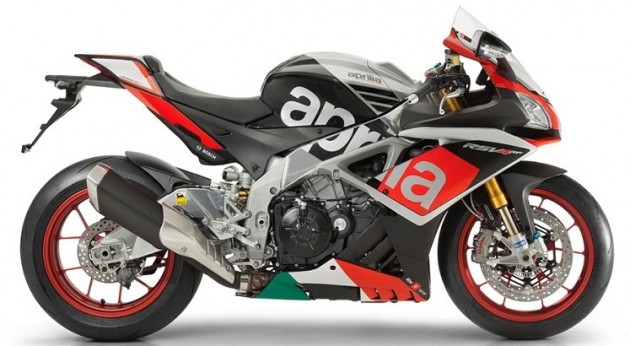
The Aprilia RSV4 has been going great guns in WSBK, winning three titles since 2009. The RSV4 RR came with a slew of revisions for 2015, including a redesigned airbox that flowed more air with electronically-controlled intake tracts, and a reworked top end with reshaped combustion chambers and lighter titanium valves.
The V-four is claimed to put out 201 hp at the crank, which translates to about 160 or 170 real-world hp. The swingarm was lengthened to improve stability and launches.
A complete suite of electronic rider aids comes standard, with revised programming. These include launch control, wheel spin control, and on-board telemetry that talks to a smartphone app.
The Aprilia RSV4 comes in three different flavours. The RSV4 RF SuperPole is race ready and retails at RM138,800. The RSV4 Factory and RSV4 R retail at RM110,000 and RM75,000 respectively.
Honda CBR1000RR
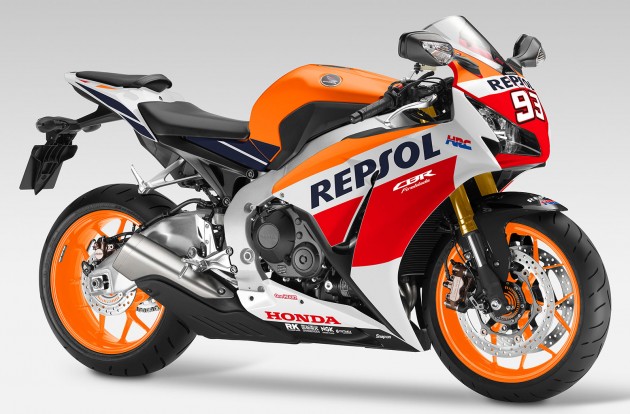
Honda has been going great guns in MotoGP, with Marquez winning in 2015, somewhat controversially in Sepang. The CBR1000RR has obviously benefited from Honda Racing Corporation’s (HRC) involvement in top-flight racing.
The CBR1000RR came with a revised cylinder head for 2015 that bumped up hp and torque. While there were no revolutionary design changes for the year, Honda’s PGM-DSFI fuel injection was closely mapped to the revised head, giving better throttle response at low engine speeds.
The Showa suspension front and rear gives added control and feel during hard cornering, and the rear shock featured a valveless damper design to allow for smoother damping and shock movement. A full complement of electronics is fitted into the dash, including a lap timer.
Suzuki GSX-R 1000
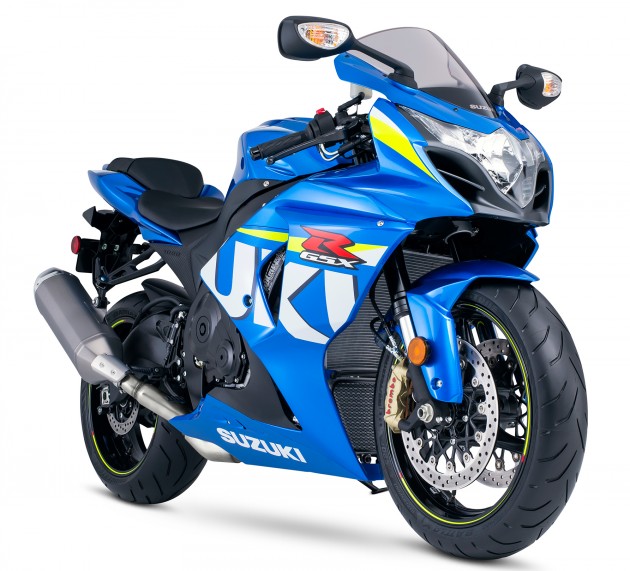
There were no huge changes for Suzuki’s big boy in 2015, aside from a slightly more over-square engine and a revised electronics suite. Suzuki’s renewed commitment to both MotoGP and WSBK has allowed for the development of an all-new 2016 model, which was unveiled at EICMA in Milan.
The twin-spar aluminium frame has been reworked slightly to give more stiffness at track speeds, while the suspension remains largely unchanged.
Perhaps more than its other rivals, the GSX-R performs well under almost all riding conditions. The suspension and brakes are very road-friendly, but give sterling service on the track. Riding position is also not as extreme as other superbikes that are more track-focused, but still along for rider control at high speed.
The big Gixxer retails for a base price of RM91,000 before GST, tax and insurance.

